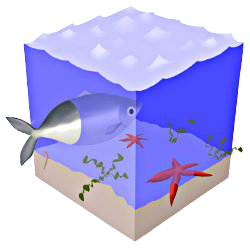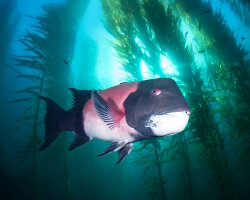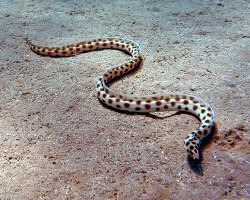Sealife guideThe taxonomy of marine species
Find all data related to our sea plants as well as our sea animals listed according to the phylogenetic tree, with the name of the phylum to which they belong, the class, the order, the family, the common name and to finish the scientific name itself made by the genus name followed by the specie name !
In opposite to common names, the scientific name is unique and same whatever the language. Thus it provides a unique name to make sure people are referring to the same marine specie. This is not the case with common names.

Explore the incredible biodiversity of marine life ! © Grafner | Dreamstime.com

Explore the list of our 987 marine species, either sea plants or sea animals, listed on our auxBulles website according to the following classification format:
Phylum name
Class name
Order name
Family name
Start your search by either selecting in our form the phylum you are interested in from our list of proposed phyla or by filling in the various fields related to the marine specie your are looking for !
The sealife guide of marines species per phylum
The latest sea life news
Our latestUpdates

Thursday, October 2nd 2025
The California sheephead
Discover the California sheephead, a colorful fish of the eastern Pacific. Learn about its appearance, diet, habitat in kelp forests, unique sex-changing ability and role in marine ecosystems.

Monday, September 29th 2025
The banded guitarfish
Discover the banded guitarfish, a benthic eastern Pacific species with unique camouflage, living on sandy and rocky bottoms.

Thursday, September 25th 2025
The tiger snake eel
Explore the tiger snake eel (Myrichthys maculosus), featuring a creamy to pale yellow body dotted with black spots, and learn about its habitat, behavior and role in coral reef ecosystems.
Photo of the Day

Salmacine
(Filograna implexa)
(Filograna implexa)
